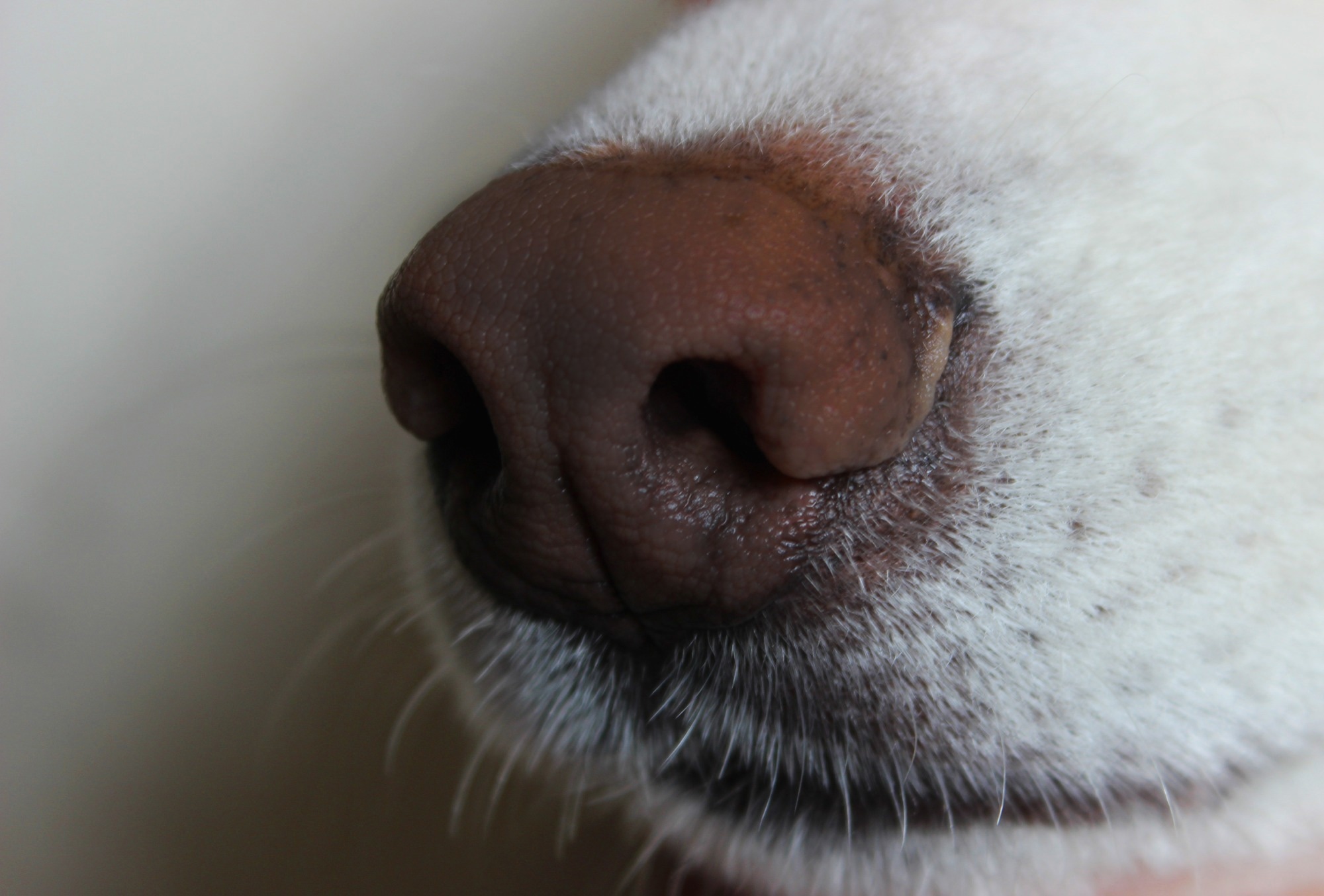A recent study published in Prion investigated whether trained scent-detection dogs could be used for chronic wasting disease (CWD) surveillance.
 Study: Canine detection of chronic wasting disease (CWD) in laboratory and field settings. Image Credit: Mechenko/Shutterstock
Study: Canine detection of chronic wasting disease (CWD) in laboratory and field settings. Image Credit: Mechenko/Shutterstock
Background
CWD is a fatal transmissible spongiform encephalopathy (TSE) or prion disease of cervids and can cause long-term population declines. It affects several members of the Cervidae family, such as elk, white-tailed deer, mule deer, and moose. Modeling studies have suggested that early detection at less than 1% prevalence is required to control, mitigate, and potentially eradicate the disease.
TSEs are characterized by a central nervous system (CNS) pathology due to an aberrantly folded isoform of a normal prion protein. The CWD incubation period ranges between 16 months and up to four years. Although CWD is always fatal, clinical signs, including ataxia, aspiration pneumonia, head tremors, regurgitation, and behavioral changes, can take up to two years to develop post-infection.
CWD can be transmitted by contact with contaminated feces, blood, saliva, or urine from the infected. CWD prions are persistently infectious in the environment for at least two years. Currently, postmortem tests are the standard CWD diagnosis, and no antemortem tests have been approved yet. Detection dogs are increasingly used for conservation studies/surveys, and their use for CWD surveillance can effectively identify infected regions.
About the study
In the present study, researchers assessed whether trained dogs could distinguish between CWD-positive and -negative fecal samples in the laboratory and search for CWD-positive feces in the field. Three dogs were trained and tested. Dogs could search an eight-port scent wheel in the laboratory, change their behavior when alerting to training odor (target), or leave the wheel without the target odor.
Two dogs were trained to these behaviors in a medical detection class by Penn vet working dog center (PVWDC), while the third dog was trained independently by the research team at PVWDC. CWD-positive and -negative fecal samples were procured from the United States (US) Department of Agriculture.
Positive fecal samples from deer were collected at an early stage of the disease when only the lymphatic tissue was affected or at a later stage when both brain and lymph nodes were affected. Dogs were trained with unique CWD-positive and -negative samples and tested using novel samples unused in training. The effect of CWD status on time spent at and alerted on samples in the scent wheel and alerts on samples in the field were examined.
Findings
Dogs participated in three double-blind tests of three trials, each with five CWD-positive test samples and 24 CWD-negative test samples. Dogs alerted on four (out of six) positive samples collected at a later point of disease progression. They alerted on three (out of nine) positive samples collected at early disease progression.
The animals spent significantly more time at positive than negative samples in the scent wheel, suggesting their ability to distinguish between positive and negative samples. Moreover, dogs alerted more frequently on positive than negative samples in the scent wheel, albeit the sensitivity was low (40%).
In the field, dogs alerted on eight positive samples (out of 11), including three samples collected at the later stage and five samples collected at the early phase. Dogs showed a false alert on 14 negative samples. Likewise, dogs alerted more frequently on positive than negative samples. Notably, handlers always correctly identified dogs’ alerts on positive samples but incorrectly identified eight false alerts as correct.
Conclusions
The researchers performed proof-of-concept experiments to evaluate the use of scent-detection dogs in CWD surveillance. The first experiment in the laboratory gauged the canines’ ability to differentiate between CWD-positive and -negative fecal samples from white-tailed deer on a scent wheel.
The field experiment evaluated their ability to search for CWD-positive fecal matter in a naturalistic field setting. The findings revealed that dogs in the lab spent more time at and alerted more frequently on positive samples in the scent wheel. Likewise, they alerted more frequently on positive samples in the field.
Together, these findings suggest that scent-detection dogs could be trained to identify CWD-positive fecal matter, highlighting their potential as a resource for CWD management/surveillance. Future studies should focus on improving training methods and canine accuracy compared to other antemortem methods.